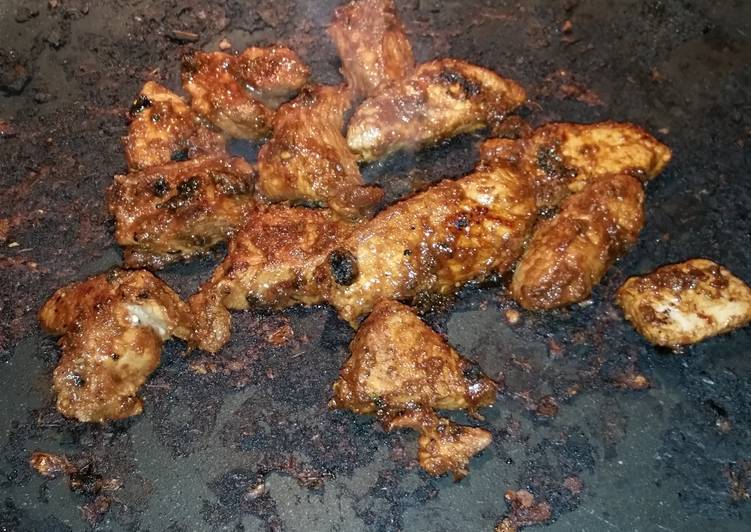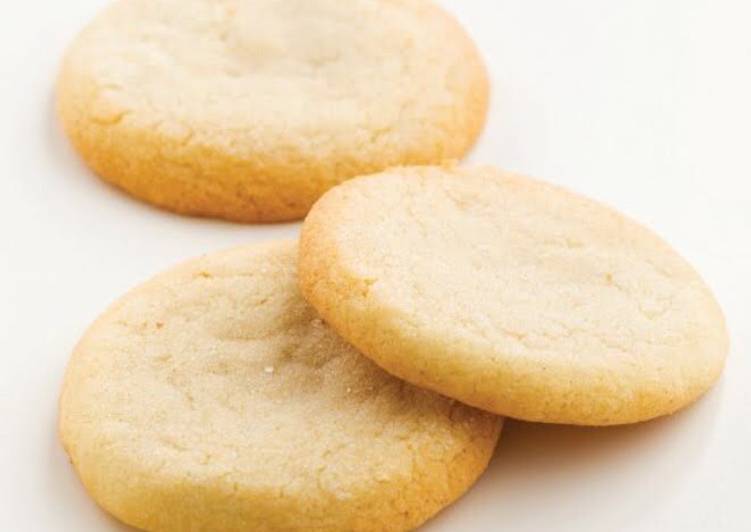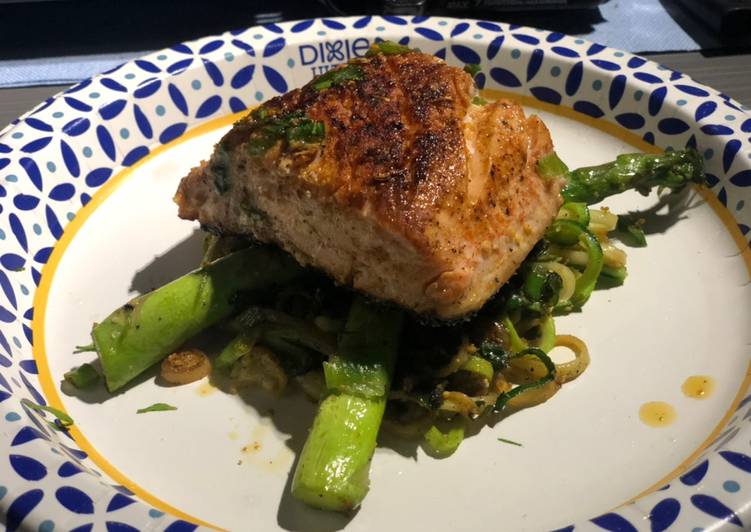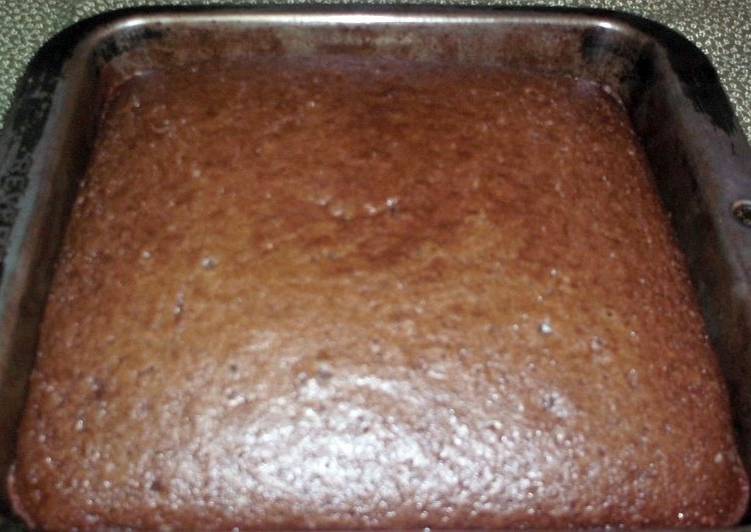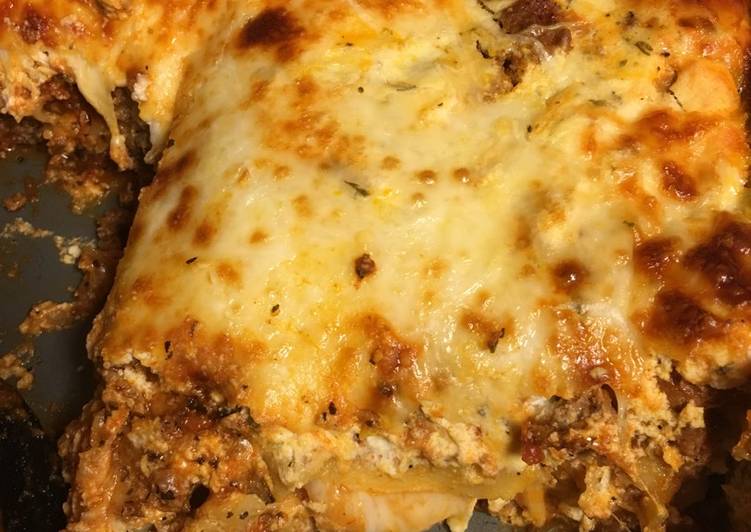Cacio e Pepe. It's now officially called Cacio e pepe e burro e sale e pasta e. Cacio e pepe (Italian pronunciation: [kaˈtʃo e ˈpeːpe]) is a pasta dish from modern Roman cuisine. "Cacio e pepe" means "cheese and pepper" in several central Italian dialects. Cacio e pepe is the most divine pasta dish made with simple, high quality ingredients.
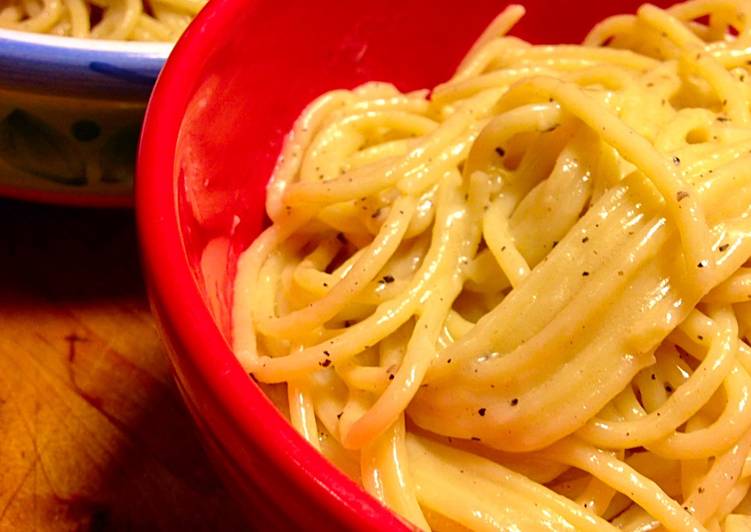 This is how to make real cacio e pepe , the classic Roman pasta dish. Cacio e pepe is one of the simplest pasta dishes to make but it can be a bit tricky. Bring a large pot of lightly salted water to a boil. You can have Cacio e Pepe using 5 ingredients and 8 steps. Here is how you achieve it.
This is how to make real cacio e pepe , the classic Roman pasta dish. Cacio e pepe is one of the simplest pasta dishes to make but it can be a bit tricky. Bring a large pot of lightly salted water to a boil. You can have Cacio e Pepe using 5 ingredients and 8 steps. Here is how you achieve it.
Ingredients of Cacio e Pepe
- Prepare 1 of salt.
- You need 1 lb of spaghetti.
- You need 1/4 cup of olive oil.
- It’s 2 tbsp of whole black peppercorns.
- Prepare 6 oz of peccorino, grated.
Cook spaghetti in the boiling water, stirring occasionally until tender yet firm to the bite. Book now at Cacio e Pepe in New York, NY. The traditional pasta used for cacio e pepe is tonnarelli, sometimes sold as spaghetti alla chittara, a squared-off, slightly thicker spaghetti. This foolproof method delivers the classic, crave worthy flavors and textures of cacio e pepe—strong peppery backbone (without verging towards too.
Cacio e Pepe instructions
- Cook spaghetti to just under al dente. Steps 2 and 3 can be performed as the pasta cooks. https://cookpad.com/us/recipes/355982-how-to-cook-dry-pasta.
- Using a mortar and pestle, grind the black pepper. The pepper should be pretty well ground, but it's nice to leave some larger chunks in the mix, sparks of flavor as they crush between your teeth..
- Heat olive oil in a pan large enough to accommodate your spaghetti. When the oil begins to bubble, toss in the black pepper. Stir over heat until the aroma of toasting black pepper hits you in the face. Quench the pan with a ladle of pasta water and remove from heat. Set aside..
- When the spaghetti is a couple minutes from being done, return the pepper infused water to a boil and make sure that your grated cheese is close at hand..
- As the spaghetti nears doneness, just to the point that you would almost want to eat it, use a pasta spoon to scoop out and transfer the noodles from the boiling pasta water to the simmering sauce. Don't discard the pasta water just yet..
- Continue cooking the pasta in the pepper sauce, adding small ladles of pasta water as needed, until the spaghetti is cooked to your liking. Be careful not to overseason. That pasta water should be pretty salty..
- With the noodles perfectly cooked and some water remaining in the bottom of the pan, quickly remove the pan from heat and stir in the grated pecorino. The cheese should dissolve into a velvety sauce, almost as though you'd used egg as you would in a carbonara. This final step can take a little practice. You need the right temperature and the right amount of water left in the pan to get that awesome creamy texture. Keep at it. At least the mistakes are edible..
- To serve, just double check and adjust the seasoning before you scoop a portion into a bowl and get to work..
The classic Roman pasta dish cacio e pepe is as easy to make as it is delicious. If you were to watch a practiced hand make cacio e pepe, you might think the instructions were as simple as this: Cook. Cacio e Pepe. by: Jenny Goycochea. This is not authentic cacio e pepe. Add the flour to a mixing bowl and make a well in the middle.

